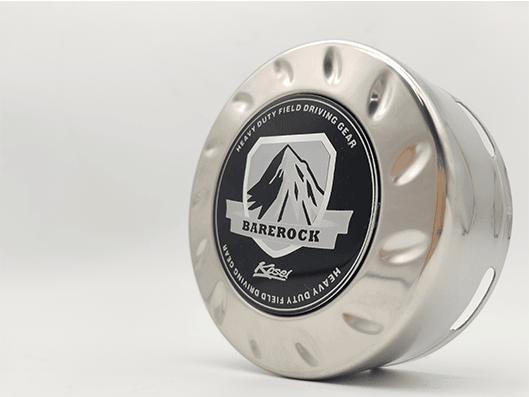In the realm of precision manufacturing, stainless steel stamping has emerged as a transformative process for industries worldwide. Known for its strength and corrosion resistance, stainless steel is pivotal in creating components that meet the rigorous standards of today's global trade environment. From the automotive sector to medical equipment manufacturing, the adaptability of stainless steel stamping parts makes them indispensable. This article will unravel the significance of stainless steel stamping in the manufacturing process, its role in product development, and its contributions to operational excellence in foreign trade.
At its core, stainless steel stamping is a manufacturing process that molds steel into precise shapes and sizes using high-pressure machinery. This metal forming technique employs a combination of dies and punches to create detailed and intricate parts. Stainless steel, particularly known for its durability and rust resistance, is an ideal material for the stamping process, allowing for the production of parts that can withstand harsh environments and resist wear over time. The fundamentals of this process rest on the principles of metal deformation, tooling design, and precise machinery alignment to produce high-quality stamped parts efficiently.
The versatility of stainless steel stamped parts makes them a preferred choice in various sectors involved in foreign trade. The automotive industry, for example, relies heavily on stamped parts for both structural and aesthetic components. In the medical field, the demand for stamped stainless steel parts continues to grow due to their hygienic properties and durability. Consumer electronics, aerospace, and construction also benefit from the use of stainless steel components, as they often require the material's unique combination of strength and corrosion resistance to ensure product longevity and reliability.

Successful stainless steel stamping begins with optimized design. It's crucial to consider factors such as material grade selection, wall thickness, and corner radii, which can influence the ease of manufacturing and the cost-effectiveness of the process. Modern software tools allow for the simulation of stamping processes, giving engineers the ability to foresee potential issues and make necessary adjustments before production begins. This design optimization leads to improved product performance and a reduction in material waste, both of which are key factors in maintaining competitiveness in the foreign trade market.
As the demand for more complex and higher-quality stamped parts increases, so does the need for technological advancements in stamping equipment and processes. Precision automation and control have led to tighter tolerances and better surface finishes. Innovations in die material technology and lubrication systems have extended tool life and reduced maintenance needs. The incorporation of servo technology has further refined the control over stamping presses, allowing for more complex and intricate part production without sacrificing speed or efficiency.
Quality assurance is a critical component of the stainless steel stamping process. From the incoming inspection of raw materials to in-process checks and final inspections, a robust quality management system is essential. Many manufacturers adhere to international standards such as ISO 9001 to demonstrate their commitment to quality. Utilizing statistical process control (SPC) and other quality control methods ensures that stamped parts meet the precise specifications required for their application in various industries.
In a competitive international market, cost control is a strategic priority. Efficient stainless steel stamping operations can lead to substantial cost savings without compromising quality. This section will examine various strategies to achieve cost-effectiveness in stamping production, such as lean manufacturing practices, tooling optimization, and the selection of suitable stainless steel grades that balance performance with cost.
Environmental sustainability is becoming an increasingly important consideration in the manufacturing industry, and stainless steel stamping is no exception. Manufacturers are now exploring ways to minimize their environmental impact through the use of recycled materials, reducing energy consumption during production, and implementing efficient waste management systems.